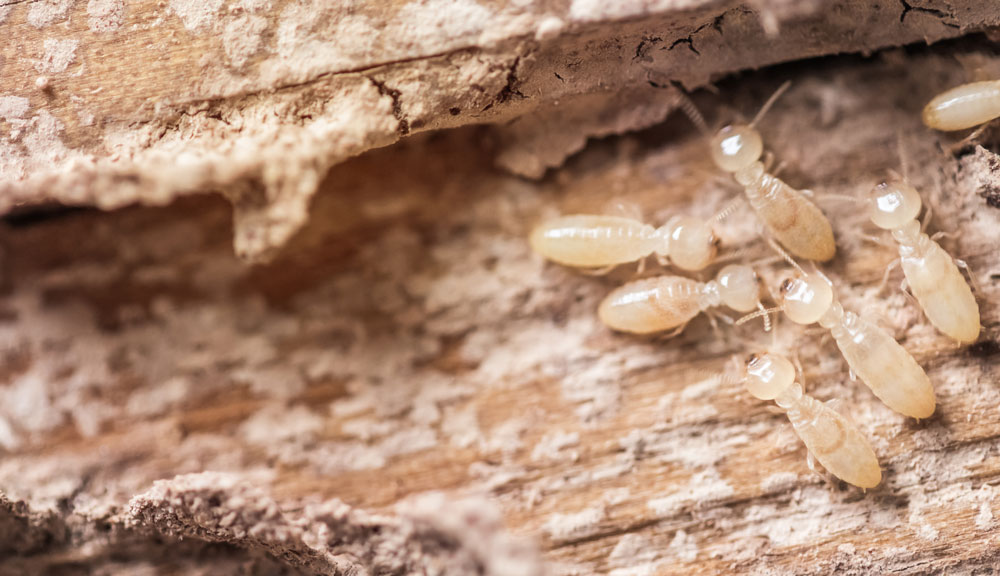The word “termites” strikes fear into the heart of homeowners.
And it should.
Some estimates say termites cause approximately $30 billion a year in the United States in damage to crops, homes, and other structures. In Louisiana alone—the state most affected by termite damage in the continental U.S.—damages are estimated up to $500 million per year.
Louisiana is especially vulnerable to termites because of the warm, humid climate. The sub-tropical weather allows termite populations to thrive.
What does all this mean for you? As a Louisiana homeowner, a termite infestation will cost you, on average, about $3,000 to repair the damage. And keep in mind…it’s rarely, if ever, covered by insurance.
So, what do you look for when examining your house for possible termite damage?
There are many signs you should pay close attention to. Small, pinpoint holes in your drywall; rippled wood or wood that sounds hollow when you tap on it; drooping or stained drywall; and peeling paint that
looks like water damage are just a few
Other signs of termite activity are squeaky floorboards; damaged or crumbling wood; patterns resembling mazes in your furniture, floorboards or walls; small piles of termite droppings that look like salt or pepper; mud tubes running up the foundation of your home; and small piles of insect wings near your foundation. Termite infestations can even have an odor similar to mold or mildew.
In addition, a swarm of insects that look like ants with wings near your home, especially at dusk and near lighting, is one of the primary indicators of a termite infestation. In Louisiana, these swarms usually occur in May and June, with peak season around mid-May. But in some instances, you can see them in early April even through to July.
Unfortunately, by the time you spot many of these signs, termites have already taken hold. It’s often months, or even years, before some homeowners realize they have a big problem on their hands. Just because you don’t see swarms of winged termites or holes in your drywall doesn’t mean you don’t have a problem.
Why and how do termites come into your home?
In addition to wood, termites are drawn into your home seeking moisture. And homes built mostly out of wood aren’t the only victims. These insects are able to get through cracks in building exteriors, plaster, metal siding and more to feed on your cabinetry, wooden furniture, floors, ceilings and anything else made of wood in your home.
One of the most common ways termites enter your home is where wood comes into contact with the ground, such as deck posts, wooden porch steps and door frames. Cracks in your home’s exterior and areas where your foundation touches wood are prime opportunities for termites to begin their assault. While termites aren’t harmful to humans physically, they can dramatically hurt your finances by damaging your home and, if left untreated, make your home unsafe for you and your family to live in. You need to jump on this problem as soon as you can to prevent further damage and save yourself time, money and
heartache.
So, if you spot any of these issues in your home, be sure to visit your nearest Pestop location asap for all your pest control supplies.

